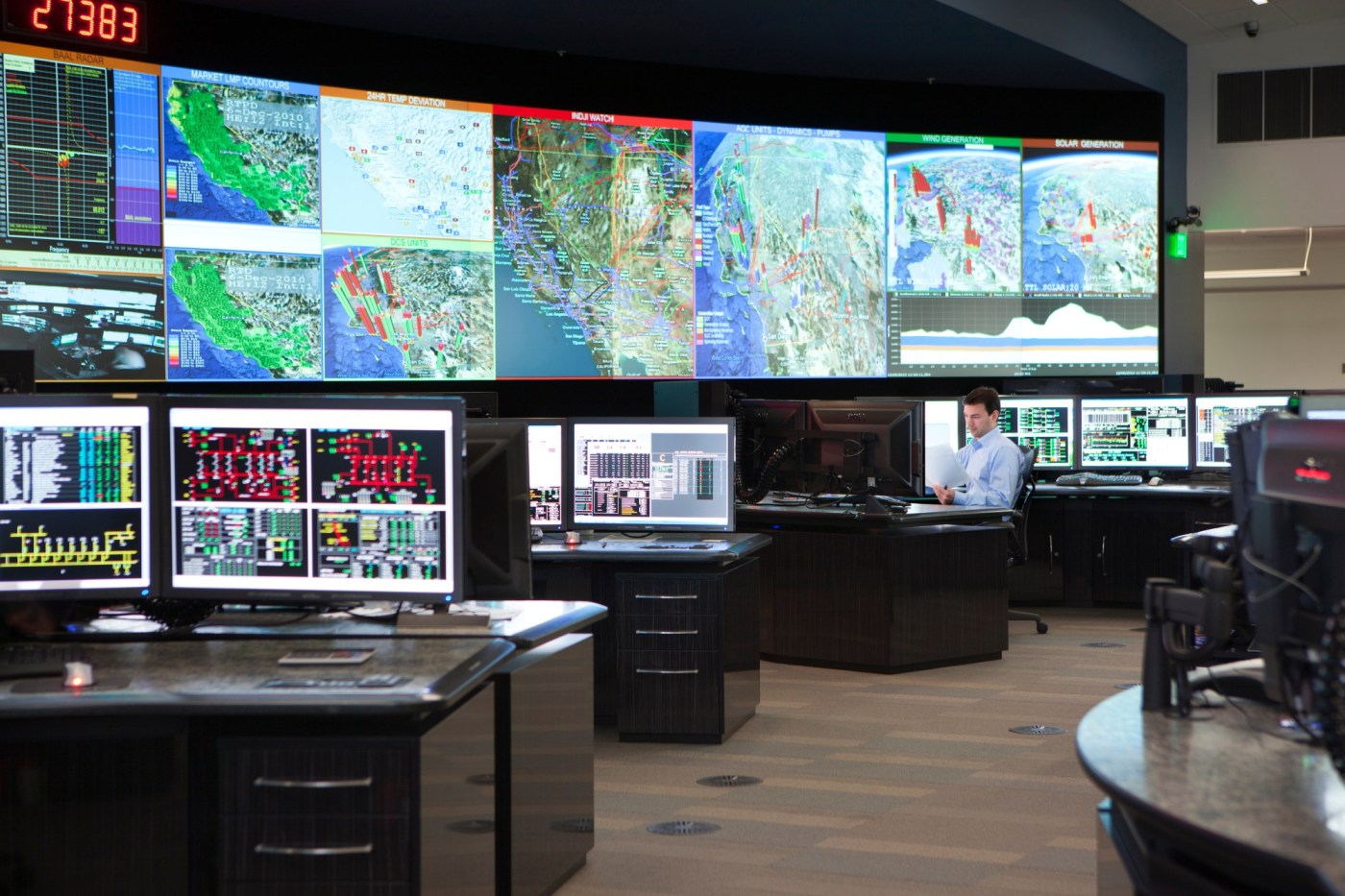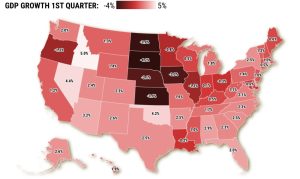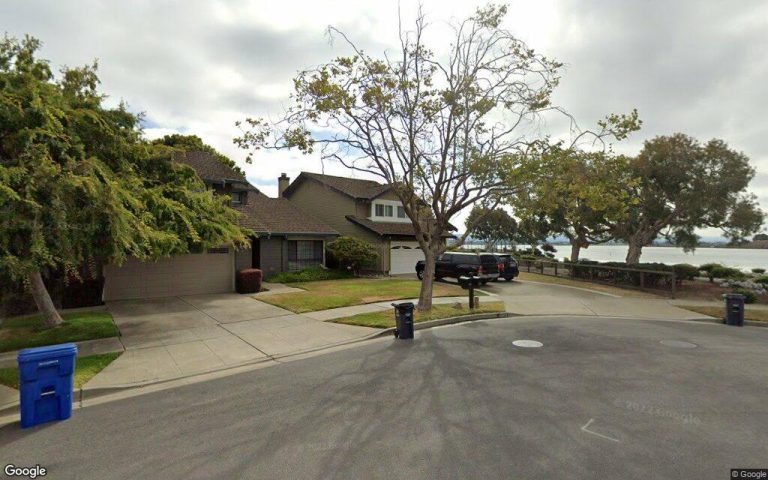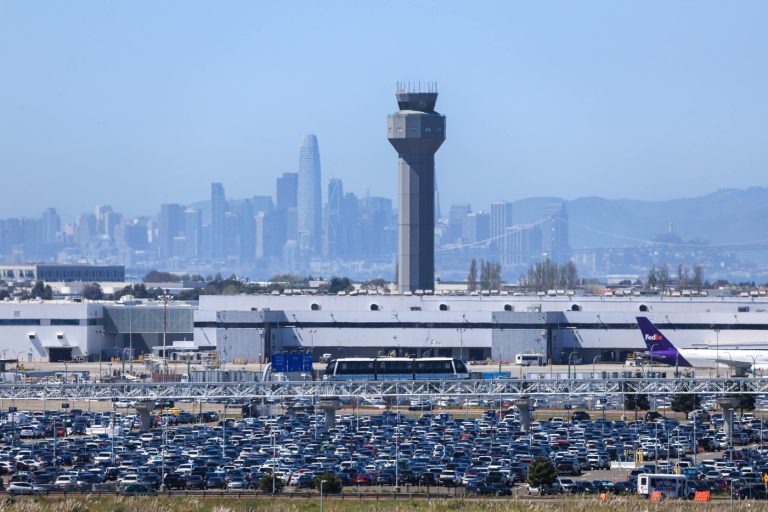A persistent heat wave that scorched most of California earlier this month essentially amounted to a real-time stress test that the state’s electric grid managed to withstand. But the head of the organization responsible for keeping the lights on says energy officials are still on alert as the summer wears on.
“We are generally well prepared” to avoid potential power outages, said Elliot Mainzer, president of the California Independent System Operator. “We’ve taken important steps to bring new clean energy and capacity onto the system, but we must stay diligent.”
As the Independence Day weekend approached, hot weather descended on the Golden State, with residents in Northern California suffering the brunt. Sacramento hit a high of 113 degrees on July 6, setting a city record for that date.
Though not as severe, parts of Southern California sweltered as well. In the deserts of San Diego County, temperatures hovered around 120 degrees in Borrego Springs and Ocotillo Wells on July 8.
An air tanker drops retardant behind a home while battling the Toll Fire near Calistoga on July 2. An extended heat wave blanketed Northern California for 14 days. (AP Photo/Noah Berger)
Heat waves strain the electric grid because homes and businesses crank up their air conditioners, putting pressure on system operators to meet the surge in demand.
To make matters worse, the hot weather lasted 14 days and bled into neighboring states.
On July 10, the Western Interconnection that helps coordinate electricity between 14 states in the West (including all of California) plus northern Baja California, British Columbia and Alberta hit an all-time record of 167,988 megawatts for peak load.
But the California Independent System Operator, known as the CAISO for short, did not resort to issuing any Flex Alerts — requests of customers across the state to voluntarily reduce their energy use.
On July 8, for example, CAISO operators had about 55,000 megawatts of supply on hand to meet an estimated demand of just over 43,000 megawatts — a fairly comfortable cushion of around 12,000 megawatts.
The elbow room was due in large part to capacity that’s been added to California’s grid in recent years.
The state has added nearly 11,600 megawatts of new grid resources since 2022. Of that amount, energy storage from batteries accounts for 5,800 megawatts.
Storage facilities take solar power generated during the day and discharge the electricity when California’s power system is under the most stress.
The batteries “did exactly what we expected them to do” during this month’s heat wave, Mainzer told the Union-Tribune. “They charged during the day when solar is abundant and put energy back onto the grid in the afternoon when solar production is rolling off the system … They were clearly a difference maker.”
It should be noted that the costs of building storage systems — and other grid enhancements — are passed on to utility customers in their monthly bills.
During this month’s heat wave, multiple wildfires broke out in Northern California but they did not affect major power lines or distribution and transmission infrastructure that feed into the grid.
System operators were not so lucky three years ago.
Related Articles
Map: Hawarden and Eagle fires
Containment grows to 45% on Fork Fire burning in Southern California
Cal Fire: Lawn mower caused massive French fire near Yosemite
Smoke from wildfires spurs Bay Area air quality advisory
Map: Major California wildfires and evacuations as of mid-July
The Bootleg Fire in Oregon in July 2021 tripped a major transmission line called the California-Oregon Intertie that carries imported electricity from the Pacific Northwest into California. The fire knocked about 3,500 megawatts off the system at the same time stifling weather blanketed the area.
“Every event and every set of facts is different,” Mainzer said.
The threat of statewide power outages has taken on a higher level of urgency in recent years.
In August 2020, rotating outages in California occurred for the first time in 20 years after oppressive heat nearly overloaded the system for two straight days. The blackouts caused some areas to go without electricity for up to 2 1/2 hours.
The Golden State barely avoided a repeat the following summer. In September 2022, it nearly happened again when relentlessly high temperatures nearly buckled the grid. The CAISO issued a record 10 straight days of Flex Alerts and thanked utility customers afterward for helping save the day by cutting back on energy use from 4 p.m. to 9 p.m.
Those are critical hours for California’s power grid because solar production quickly disappears from the grid when the sun sets and system operators must seamlessly replace those megawatts of solar with other energy sources in real time to make sure the power system doesn’t collapse.
September can get tricky for the CAISO because the weather is still hot so customers keep running their air conditioners. But since autumn is approaching, the sun sets earlier in the day and that means there are fewer hours of solar generation the power system can draw on.
Other complicating factors?
If wildfires break out, the smoke from the blazes can obscure the skies and that leads to a reduction in solar output.
And if a heat wave extends to neighboring states, that can lead to reductions of imports and exports in power trading markets. States under stress tend to hold onto the megawatts they already have so they can keep electricity flowing to their own utility customers and not export them elsewhere.
The system is interconnected and complicated but Mainzer is cautiously optimistic.
“The four-hour lithium-ion battery fleet that we’ve got in California is now the largest of anywhere in the world, outside of China,” he said.
Last year, the CAISO issued zero Flex Alerts. Can that be repeated this summer?
“If we have another set of unprecedented circumstances that take the system to its absolute outer edge — both here in California and other parts of the West — then it’s possible to call Flex Alerts,” Mainzer said. “I couldn’t put a probability on it, but it’s certainly a possibility. We always try to minimize those but it is a tool in the toolbox.”
The CAISO manages the flow of electricity across the high-voltage power lines for about 80 percent of the state, plus a small part of Nevada.












